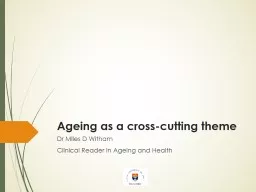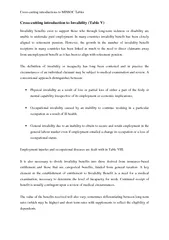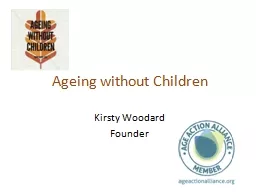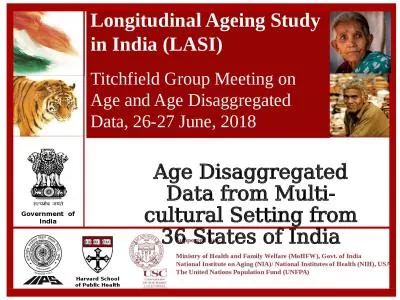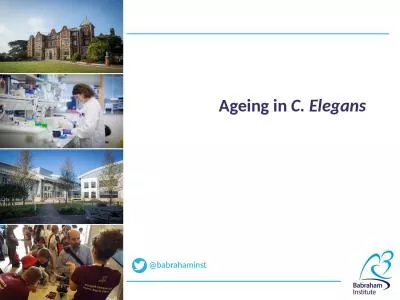PPT-Ageing as a cross-cutting theme
Author : stefany-barnette | Published Date : 2018-01-20
Dr Miles D Witham Clinical Reader in Ageing and Health Ageing why bother Core business of the NHS Growth area Current healthcare systems not equipped to deal with
Presentation Embed Code
Download Presentation
Download Presentation The PPT/PDF document "Ageing as a cross-cutting theme" is the property of its rightful owner. Permission is granted to download and print the materials on this website for personal, non-commercial use only, and to display it on your personal computer provided you do not modify the materials and that you retain all copyright notices contained in the materials. By downloading content from our website, you accept the terms of this agreement.
Ageing as a cross-cutting theme: Transcript
Download Rules Of Document
"Ageing as a cross-cutting theme"The content belongs to its owner. You may download and print it for personal use, without modification, and keep all copyright notices. By downloading, you agree to these terms.
Related Documents

